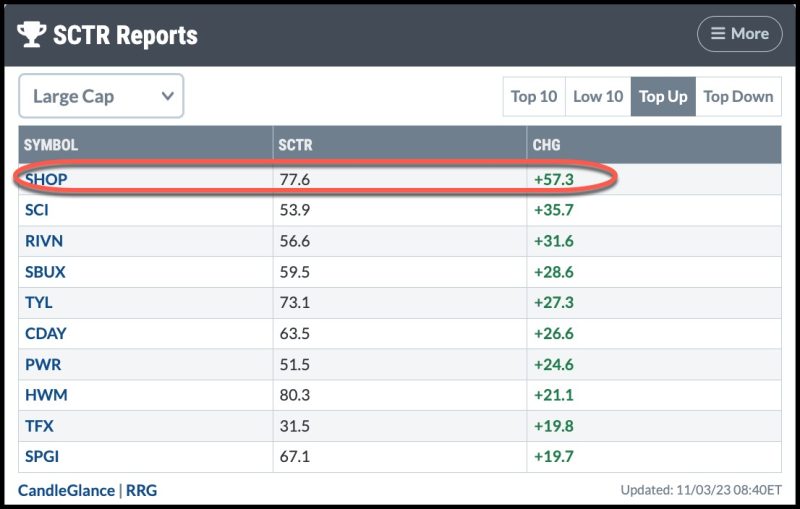Shopify Stock Shatters Expectations: What You Need To Know About Its Rise
Shopify Inc. has been one of the most impressive stocks to watch in recent weeks. Its share price surge began in mid-February at nearly $1400 and has skyrocketed 150 percent to a record high of $3,550 in the space of only two months. The stock rallied in mid-March after Shopify reported stronger than expected retail sales and subscription revenue in the fourth quarter of 2020. But how exactly did Shopify’s stock rise so dramatically?
To understand Shopify’s meteoric rise, it helps to look back at 2020. Prior to the pandemic, Shopify was already a major player in online retail, offering merchants an easy way to create, manage and market their stores through its online store platform. But when the pandemic hit, many independent business owners that were unable to keep their stores open had to turn to Shopify’s platform to manage their online operations. As a result, the platform saw an astounding surge in merchants and transactional volume by Q3 2020, helping Shopify’s revenue grow year-on-year by 97.6 percent.
This surge in merchants who flocked to Shopify’s platform in 2020 unlocked a new source of recurring revenue that hadn’t existed before. This includes Shopify Payments, the increased uptake of Shopify’s subscription services, and the growing platform of Shopify’s third-party developers and technology providers. All of these have built Shopify’s moat, allowing it to become one of the leading e-commerce platforms available in the market today.
Besides the pandemic, another reason why Shopify’s stock has caught fire is due to its strong earnings. Shopify reported a stronger than expected fourth quarter for 2020, with total revenue jumping 96 percent to $988.6 million. In addition, gross merchandise sales climbed 74 percent year-on-year to $40.5 billion, driven by continued growth from existing customers and new merchant signings since the start of the pandemic.
The biggest driver for Shopify’s stock has been its success in the chase for long-term profitability. By becoming a one-stop shop for hosting online stores and providing payments processing, Shopify is able to capture an enormous chunk of the e-commerce market. This means that it can maintain its pricing even when competing against larger corporations like Amazon and Walmart.
Shopify’s success will also depend largely on its ability to continuously innovate and stay ahead of the competition. This has been proved already, with features like automated emails, customer reviews and Facebook retargeting aimed to help enterprises succeed. Shopify will also need to be proactive in taking steps to counter Amazon’s dominance in the market and enter more strategic partnerships to stay competitive.
In conclusion, Shopify’s stock has been one of the most impressive to watch in recent weeks, and there’s no sign of it slowing down yet. To keep up the momentum, Shopify will need to continue innovating, developing strategic partnerships, and delivering strong earnings performance in the coming quarters.

